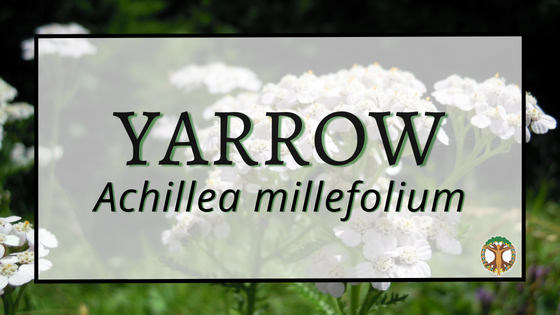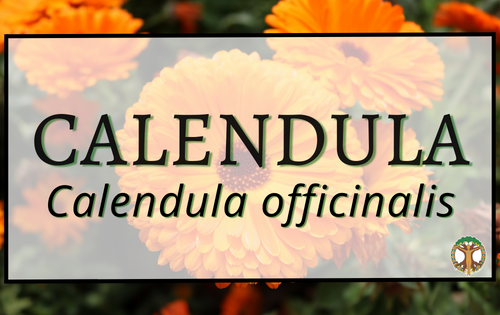
Yarrow
Achillea millefolium
- Latin name: Achillea millefolium
- Family: Asteraceae
- Common names: Yarrow, Milfoil
- Growth: In Central Florida can be used as a ground cover, the bipinnate leaves grow low to the ground and appear almost fern like, differing from their growth habit in almost every other location. The composite flowers are showy and require partial to full sun, which shortens the life of the shade loving leaves. The white variety is the only one we use for medicine; you’ll find lovely pink, yellow, orange, and all other colors available at garden centers.
- Preparation: tea, tincture, potherb, spice, infused oil, salve. Historically used as a leaf vegetable, the young leaves are said to have been a good potherb. Both the leaves and flowers have a pungent peppery flavor. According to legend, Achilles used this stypic herb to stop the blood flowing out of his wounded Myrmidons. Achillea was found in a Neandertal grave dating over 60,000 years ago – the use of this herb is steeped in history. The origin is nebulus: when Europeans came to the Americas they found the native peoples were already using Yarrow. It stands to reason this herb has a wide spreading native range.
Yarrow is a flowering perennial, common in North America but also native to Europe and Asia. Its leaves are soft and highly segmented with a characteristic appearance that is almost feather-like. Yarrow grows stalks during the summer months, with a height that is dependent upon the seasonal rainfall. During dry years, these stalks may only grow a foot or two, preserving energy in its roots. Clusters of tiny white flowers grow atop the stalks, emitting a distinctive and characteristic aroma.
Yarrow received its Latin name Achillea from the legendary Greek hero Achilles. According to the common legend, Achilles’s mother dipped him into the river Styx by the ankle in an effort to make him invulnerable. Fighting many battles as a seemingly invincible warrior, Achilles used yarrow to treat the wounds of his fellow soldiers. He later died from a wound to his heel, as it was the one unprotected part of his anatomy. – Mountain Rose Herbs
The historical uses for yarrow, both for physical and spiritual health, are as plentiful as its common names (which include milfoil, plumajillo, Soldier’s herb, herba militaris, Knight’s milfoil, carpenter’s grass and nosebleed).
This plant is most well known as a vulnerary, and deservingly so. It truly excels at preventing infection, promoting healing and slowing bleeding. While I had used yarrow in a variety ways with good success since childhood, the first time I experienced the nearly miraculous healing qualities of yarrow was when I cut my finger nearly to the bone with sharp jar lid. I just happened to have a handful of fresh young yarrow leaves in my bag so I chewed a wad of them up thoroughly before spitting the poultice onto my profusely bleeding finger and tied it in place with a strip of cloth. It was a nasty jagged and very deep wound down the center of the sensitive fingertip and I expected it to have trouble with healing up without nerve damage or possible infection. I changed the poultice once that day and I was nothing short of shocked when I removed the bandage the next morning to find the wound nearly closed up without even a hint of redness and very little discomfort in the area, and certainly no nerve damage. After a few days it healed without even so much as a scar. The only other herb I have seen such remarkable wound healing results with is Larrea (it works less well as a fresh plant poultice but holds onto its healing properties much better as an oil/salve than yarrow does). Since then I’ve used fresh Yarrow in many deep wounds and have seen the miraculous effects over and over. I don’t find it to be as effective as an infused oil or in dried plant preparations for external use, though they are certainly still worth using. – Kiva Rose
Check out Matthew Wood’s amazing monograph on the indispensable yarrow. Yarrow is native to the northern parts of Florida, mostly in the panhandle, and grows beautifully here in Central FL.
https://www.researchgate.net/publication/226940149_Yarrow_Achillea_millefolium_L_A_Neglected_Panacea_A_Review_of_Ethnobotany_Bioactivity_and_Biomedical_Research1
Florida Ethnobotany, Dan Austin
Florida Native Plant Society





